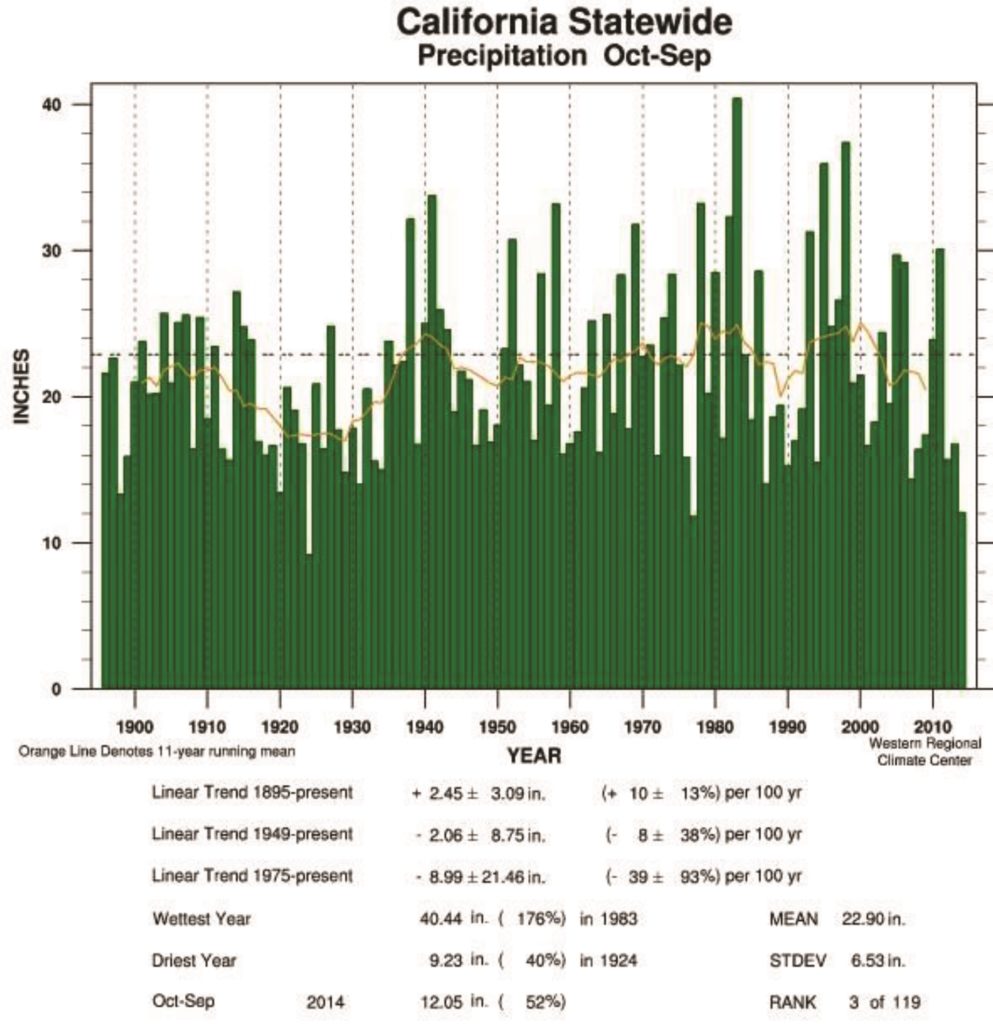Environmentalists are trying to blame the California wildfires on climate change. The real problem is that our forests have not been properly maintained for a long time. The U.S. Forest Service says there are 129 million standing dead trees in California, mostly killed by bark beetle infestation.
When an infected tree dies, the beetles fly to infect more trees. It is vital to quickly remove infected trees. This was normal policy for many years along with selected logging to thin over crowded forests.

Dead pine trees burn explosively, and stands of dead trees drive fires into major infernos, destroying entire forests. Overcrowded forests are unhealthy and greatly enhance the destructiveness of fire.
Environmentalists, using lawsuits, have fought any logging as an “alteration” of nature. Enviro-imposed policies have made the fires massively larger and almost impossible to control. Even Governor Brown has publically called for a return to thinning of forests by logging. This is not “clear cutting,” but is instead, conservative, defensive harvesting.
The idea that the fires are due to climate change is a misleading, largely baseless claim. “Climate change” is a theory of unusual weather due to man-induced warming. The fact is, there has been no sustained or unusual temperature increase globally since 1998. No warming = no unnatural climate change. The lack of warming disproves the climate model predictions. In real science, when observations defy predictions, the predictions are discarded. (Google: “globalwarming pause.”)
Most environmentalists often point to fossil-fuel belching automobiles as being the primary “drivers” (pun intended) of global warming, but NASA climate studies of global temperature show that any warming of the Earth’s atmosphere largely occurred long before the invention of the internal combustion engine.
Likewise, many environmentalists also point to the current drought as evidence for climate change, but fail to mention that the very long term history of California is marked by repeated droughts, some lasting several hundred years. Studies of tree rings, sediment, and other evidence have shown that in the year 840 there was a 240 year long drought only to be followed by a 180 year drought 50 years later. In more recent times we experienced droughts in 1841, 1864, 1924, 1928–1935, 1947–1950, 1959–1960, 1976–1977 and 2006–2010.

The fact is, California is and has always been, prone to drought periods, yet this reality seems to have escaped the attention of our current elected representatives. And as the state’s population increases (another elected representative miscalculation, aka “open borders”) sound water policies become increasingly important.
The period of modern habitation has actually been a relatively wet period, compared to the very long term. The high risk of future droughts should motivate us to demand a return to proper forest management and to build vital new water storage throughout California.
USFS 129 million dead trees https://www.fs.usda.gov/Internet/FSE_DOCUMENTS/fseprd566303.pdf




